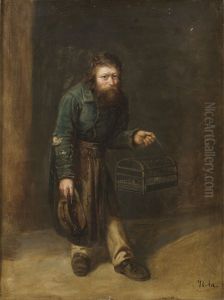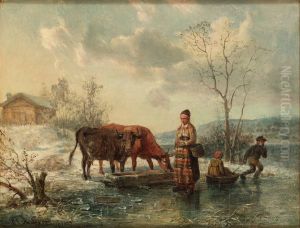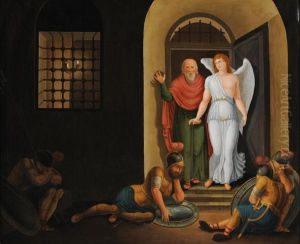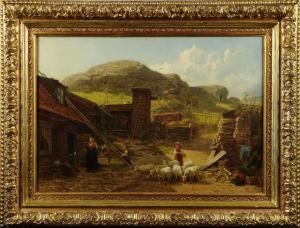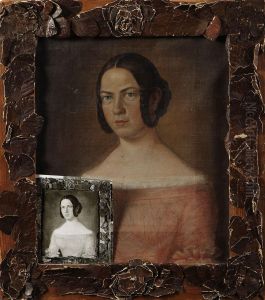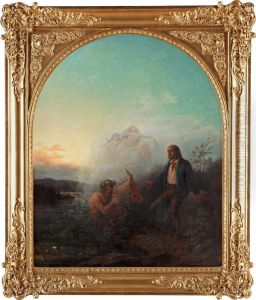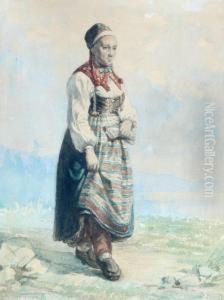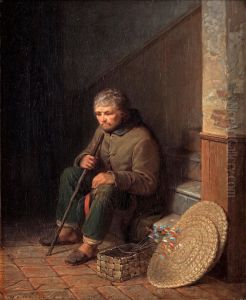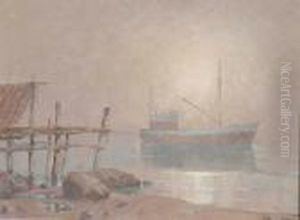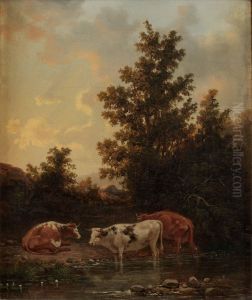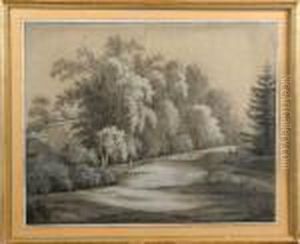Nils Andersson Paintings
Nils Andersson was a Swedish painter born on April 11, 1821, in the village of Åsaka in the Skaraborg County of Sweden. He is most recognized for his mastery in landscape painting, capturing the serene and picturesque countryside of Sweden. Andersson's works are characterized by a realistic representation of nature, with a particular attention to the effects of light and atmosphere.
Andersson's interest in art began at an early age, and he was initially self-taught. His talent was soon recognized, and he received the opportunity to study formally. In 1845, he enrolled at the Royal Swedish Academy of Fine Arts in Stockholm, where he trained under the guidance of prominent Swedish artists such as Carl Johan Fahlcrantz and Johan Christoffer Boklund.
Throughout the 1850s, Andersson traveled extensively throughout Europe, which was common for artists of his time. His journeys took him to Germany, France, and Italy, among other countries. These travels greatly influenced his artistic style and expanded his exposure to different schools of painting. The experience of studying the works of the Old Masters firsthand had a profound impact on his technique and subject matter.
Upon returning to Sweden, Andersson settled in Stockholm and quickly established himself as one of the leading landscape painters of his generation. His paintings often depicted the Swedish countryside and rural life, resonating with both national romanticism and a universal appreciation for the natural world.
Nils Andersson's contributions to Swedish art were significant, and his works were well-received during his lifetime. They continue to be appreciated for their beauty and historical value. His paintings can be found in various art museums in Sweden, including the Nationalmuseum in Stockholm.
Andersson passed away on July 25, 1905, in Stockholm. His legacy is cherished in Sweden, where he is remembered as a key figure in the development of Swedish landscape painting during the 19th century.
